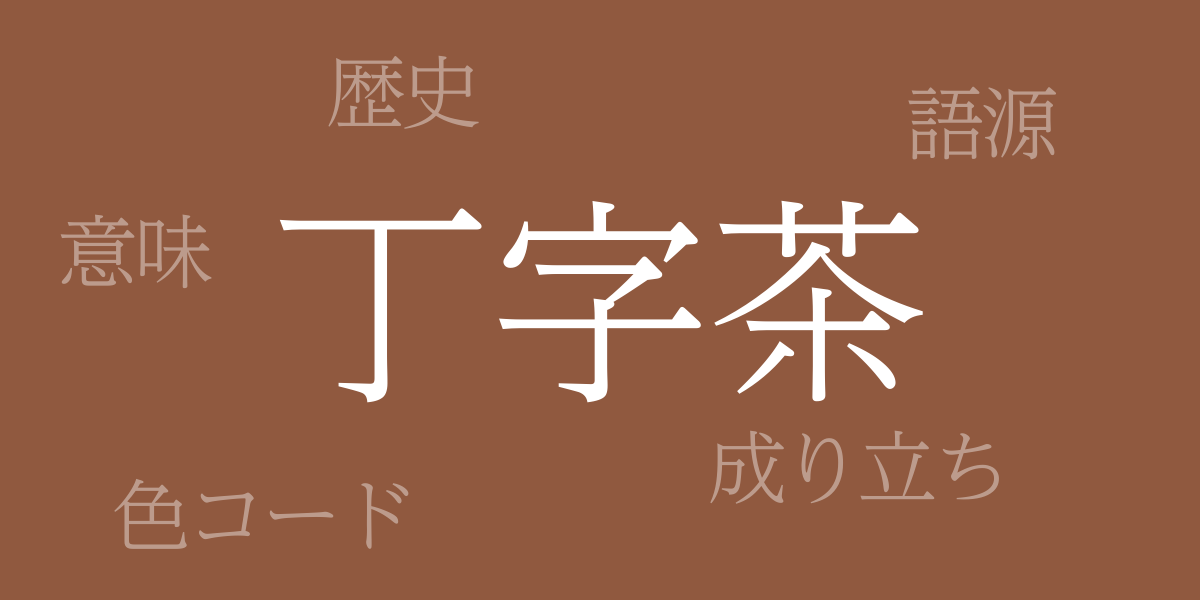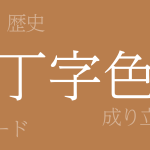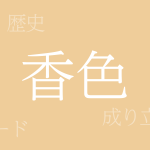Japanese traditional colors, known for their delicate hues and deep cultural significance, are celebrated worldwide. Among these, “Choji-cha (丁字茶 – ちょうじちゃ)” stands out for its unique allure. This article explores the secrets behind this beautiful traditional color, delving into its charm.
About Choji-cha (丁字茶 – ちょうじちゃ)
Choji-cha (丁字茶 – ちょうじちゃ) is a subdued reddish-brown, born from Japan’s natural and historical landscape. Named after the color of cloves (クローブ), it has been favored in traditional culture, used in kimonos and Japanese paintings. Today, its distinctive hue is highly valued in modern design and fashion.
The History of Choji-cha
The history of Choji-cha dates back to ancient times, with records indicating its use in dyeing as early as the Heian period. During the Edo period, it gained popularity among samurai and merchants and was applied not only to clothing but also to pottery and everyday items. Choji-cha continues to charm, bridging Japan’s tradition and culture with the present day.
Color Code of Choji-cha
In digital design and web production, accurate color reproduction is essential. Below are the color codes for Choji-cha:
- HEX: #90593F
- RGB: R:144 G:89 B:63
- CMYK: C:0.0 M:38.2 Y:56.2 K:43.5
Western Name for Choji-cha
The Western name for Choji-cha is “Clove Dyed”, reflecting the clove-like coloration of this brown shade. This name facilitates international understanding, making Choji-cha accessible to designers and artists around the globe.
Conclusion on Choji-cha
Choji-cha, with its rich history and beauty, stands out among Japan’s traditional colors. Whether you are looking to incorporate a taste of Japan into modern settings or add a serene touch to your designs, Choji-cha is an excellent choice. We hope this article has provided you with a deeper appreciation of Choji-cha’s profound allure.

























